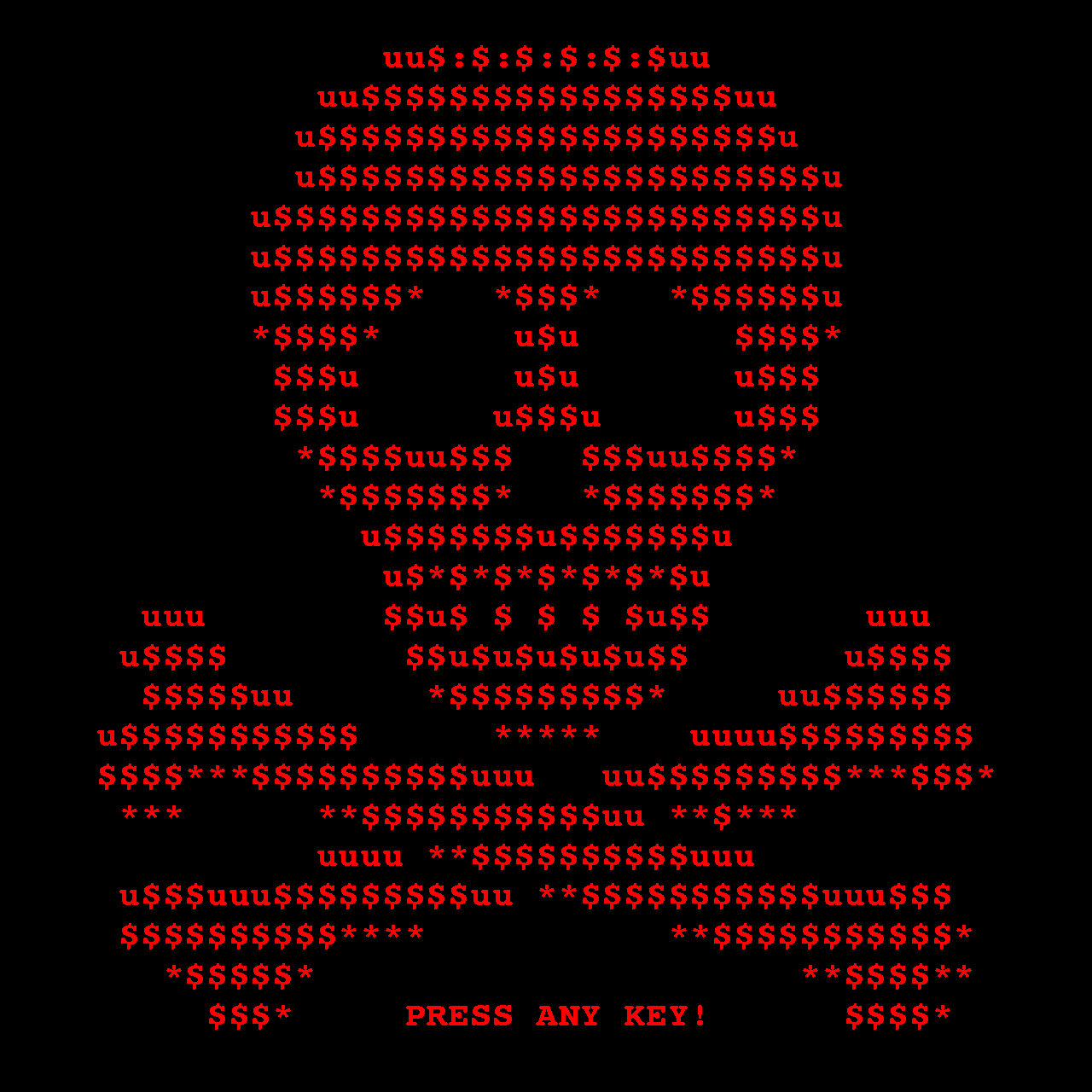In the years I’ve been in dentistry, we’ve seen phenomenal changes in infection control, both in hardware, delivery, materials, techniques and practically anything else that comes into contact with the patient’s body.
As strange as it may seem to many of you reading this, there are a good number of doctors currently practicing who can remember providing treatment without wearing gloves.

Refocusing our concerns
As the Technology Evangelist, I’m now attempting to turn the profession’s eyes, ears and concerns in the direction of a different type of infection control. In 2006, the U.S. Department of Health and Human Services (HHS) began discussing the costs of healthcare as a percentage of GNP. The government was anticipating that by the year 2030, healthcare could potentially be 30 percent of the U.S. GNP. The concern? That any country spending that much on the health of its citizens can’t compete in the global economy.
That’s the reason there has been such a focus on the electronic health record (EHR) and other ways to increase the efficiency of healthcare delivery. The hope is that by increasing efficiency, costs can be decreased.

Digital kidnapping
The concept behind ransomware is simple and nefarious. The program installs itself, then encrypts your hard drive, and asks for a ransom to decrypt your data. The result is that all of your data (and I mean ALL of your data) is suddenly unavailable to you. If this happens, you have two choices. Choice one is to reformat your hard drive and rely on your backup system to have ALL of your data available. Choice two is to pay the ransom, receive the password, and pray that the password returns your hard drive to its previous unencrypted state.
The reason the process is so profitable is because the criminals don’t have to do anything other than have the program on your hard drive. There is no need for them to steal anything, download anything or sell anything to other criminals. All they have to do is have YOU inadvertently run the ransomware program. Once the program encrypts your hard drive, it loads a screen giving you instructions on how to contact the crooks and how to send them the ransom.

According to a report published in February of 2017, in the year 2016, 88 percent of all ransomware attacks perpetrated in the U.S. were in the healthcare sector. You read that correctly. There’s also the fact that 89 percent of studied healthcare organizations have experienced a data breach — which involved patient data being stolen or lost — over the past two years.
This is no accident. The criminals know that our field isn’t well prepared for this and they’re attacking our sector because of that.
Helping to solve the problem
This is nothing short of digital terrorism and negotiating with terrorists simply encourages the behavior. I feel that agreeing to pay the ransom is simply asking the criminals to continue their activity.
The best way to prevent paying ransom is to make sure you have a current and rock-solid backup. In a dental office, there really isn’t a reason not to have reliable backups. The process is easy, reliable and takes only a few minutes a day. This small daily chore will save headaches from ransomware or the inevitable data crash.
